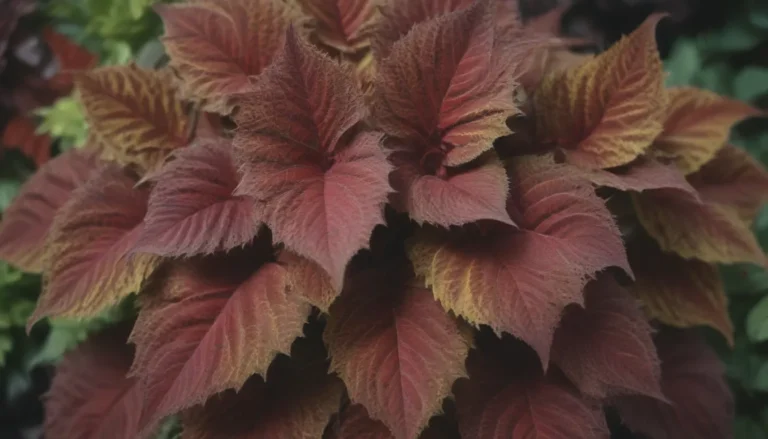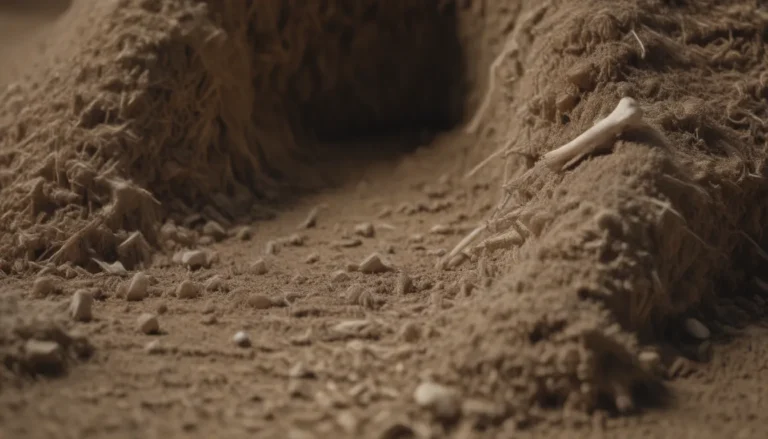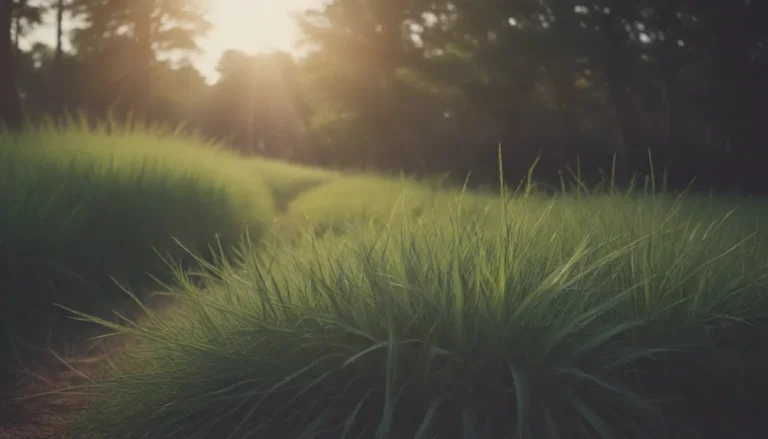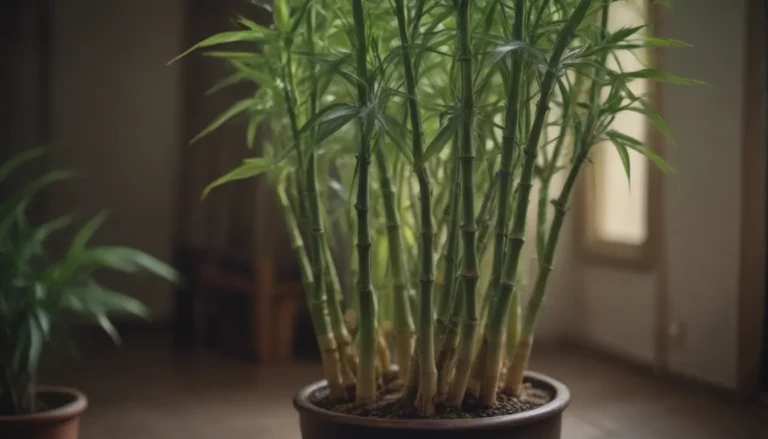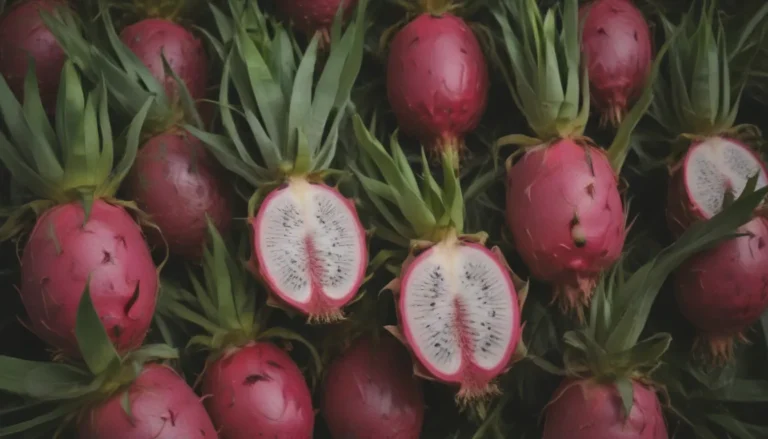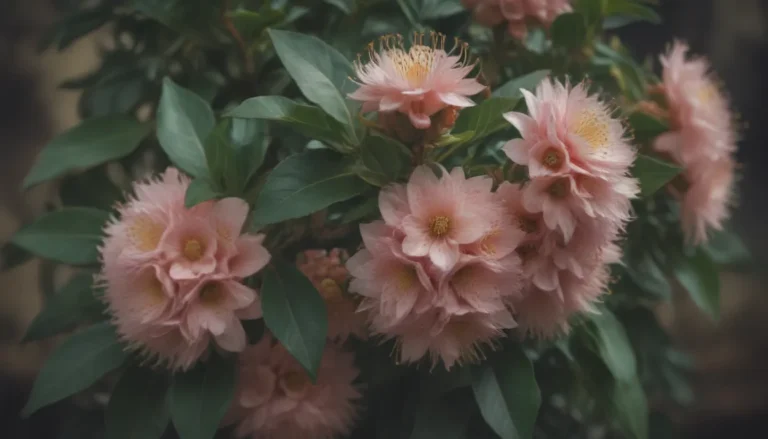Everything You Need to Know About Growing and Caring for Eucalyptus Trees
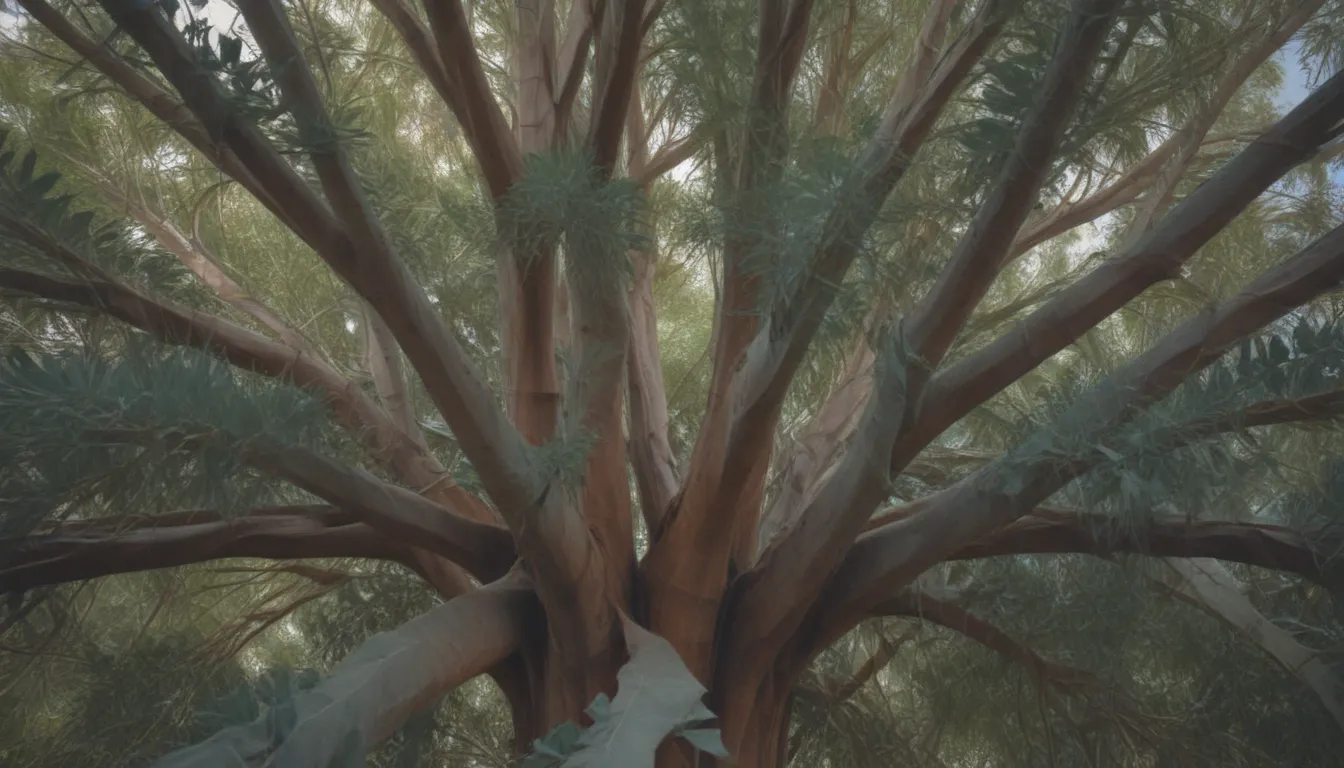
If you’re a fan of the adorable koala bear, you’re probably familiar with eucalyptus plants, which are a favorite food of these cute creatures. Native to Australia, eucalyptus trees can grow up to nearly 60 feet high in their natural environment. However, when planted in home gardens, they tend to remain smaller at around 6 to 10 feet tall. With their reddish-brown peeling bark and silvery to blue-green leaves that give off a menthol-like fragrance when bruised, eucalyptus trees make a beautiful addition to any garden.
In this comprehensive guide, we will cover everything you need to know about how to grow and care for eucalyptus trees, whether you’re a seasoned gardener or just starting out on your green thumb journey. From choosing the right planting site to harvesting the leaves for various uses, we’ve got you covered. So, grab your gardening gloves and let’s dive into the world of eucalyptus!
Choosing the Right Planting Site for Eucalyptus Trees
When planning to grow eucalyptus plants outdoors, it’s essential to choose a suitable planting site that meets their specific needs. Here are some key factors to consider:
- Sunlight: Eucalyptus trees thrive in full sun, so ensure the planting site receives at least six hours of direct sunlight daily.
- Soil: Eucalyptus trees prefer soil with good drainage. While they can tolerate various soil types, a slightly acidic to neutral pH is ideal.
- Spacing: Make sure there is enough space to accommodate the tree’s full height and spread. If planting multiple trees, space them at least 8 feet apart.
- Support: Eucalyptus trees generally do not need staking or other support structures to grow. However, ensure that no nearby trees or shrubs will block sunlight from a young plant.
Whether you’re growing eucalyptus trees in the ground or in containers, providing the right conditions will help them thrive and flourish.
How to Care for Eucalyptus Plants
Caring for eucalyptus plants is relatively straightforward once you understand their basic needs. Here are some essential tips to keep your eucalyptus trees healthy and happy:
Light:
Eucalyptus plants love lots of light, so be sure to place them in a sunny location that receives ample sunlight throughout the day. For indoor plants, a bright south-facing window is ideal.
Water:
While eucalyptus trees are somewhat drought-tolerant once established, they dislike being left dry for extended periods. Water your eucalyptus tree when the top layer of soil feels dry to the touch. For container plants, water weekly, especially during dry spells.
Temperature and Humidity:
Eucalyptus trees thrive in warm temperatures between 65-75 degrees Fahrenheit and moderate humidity levels. Protect them from temperatures below 50 degrees Fahrenheit, especially during the winter months.
Fertilizer:
Container-grown eucalyptus plants may benefit from occasional fertilization with a low-nitrogen houseplant fertilizer during the growing season. Follow the instructions on the fertilizer label for best results.
By providing the right amount of light, water, and nutrients, you can ensure that your eucalyptus plants remain healthy and vigorous.
Harvesting and Using Eucalyptus Leaves
One of the delights of growing eucalyptus trees is the ability to harvest their leaves for various uses. Here’s how you can harvest and store eucalyptus leaves:
- Wait until later in the growing season to harvest mature leaves and branches.
- Simply snip off the leaves with pruners or by hand.
- Air-dry the leaves in a cool, dark place away from direct sunlight.
- Store the dried leaves in glass jars with tightly sealed lids for future use.
Whether you want to use eucalyptus leaves for their aromatic properties or in DIY projects, harvesting and storing them properly is key to preserving their quality.
Types of Eucalyptus Trees
In addition to the common Eucalyptus cinerea species, there are hundreds of other eucalyptus varieties to explore. Some popular types include:
- Eucalyptus globulus
- Eucalyptus gunnii
- Eucalyptus platypus
Each eucalyptus species has its unique characteristics, from leaf color to growth habit, allowing you to choose the perfect tree for your garden.
Pruning and Propagating Eucalyptus Trees
While eucalyptus trees generally don’t require extensive pruning, you can trim overgrown or misshapen branches to maintain their appearance. The best time to prune eucalyptus trees is during the summer months when the tree is actively growing.
If you’re looking to propagate eucalyptus trees, you can do so using seeds or cuttings. While seeds are commonly used for propagation, taking cuttings from mature trees can also be successful. Just be patient and follow the proper techniques for the best results.
Growing Eucalyptus in Containers
For gardeners in colder climates, growing eucalyptus trees in containers provides a way to enjoy these exotic plants without worrying about winter damage. Here are some tips for growing eucalyptus in pots:
- Use a large container with ample drainage holes to prevent waterlogging.
- Choose a well-draining potting mix to promote healthy root growth.
- Bring container-grown eucalyptus trees indoors during the winter to protect them from frost damage.
By following these guidelines, you can successfully grow eucalyptus trees in containers and enjoy their beauty year-round.
Dealing with Pests and Common Problems
While eucalyptus trees are relatively pest and disease-resistant, they may occasionally face issues such as eucalyptus long-horned borers or fungal diseases. Keep an eye out for signs of infestations and treat them promptly to prevent further damage to your plants.
If you notice leaves turning brown or curling up, it could be a sign of moisture stress or disease. Adjust your watering routine and monitor the plant’s overall health to address any issues promptly.
In conclusion, eucalyptus trees are a beautiful addition to any garden, providing both aesthetic appeal and practical uses. By following these tips on how to grow and care for eucalyptus trees, you can enjoy the beauty of these unique plants in your own backyard. So, roll up your sleeves and get ready to embark on a rewarding gardening journey with eucalyptus!
